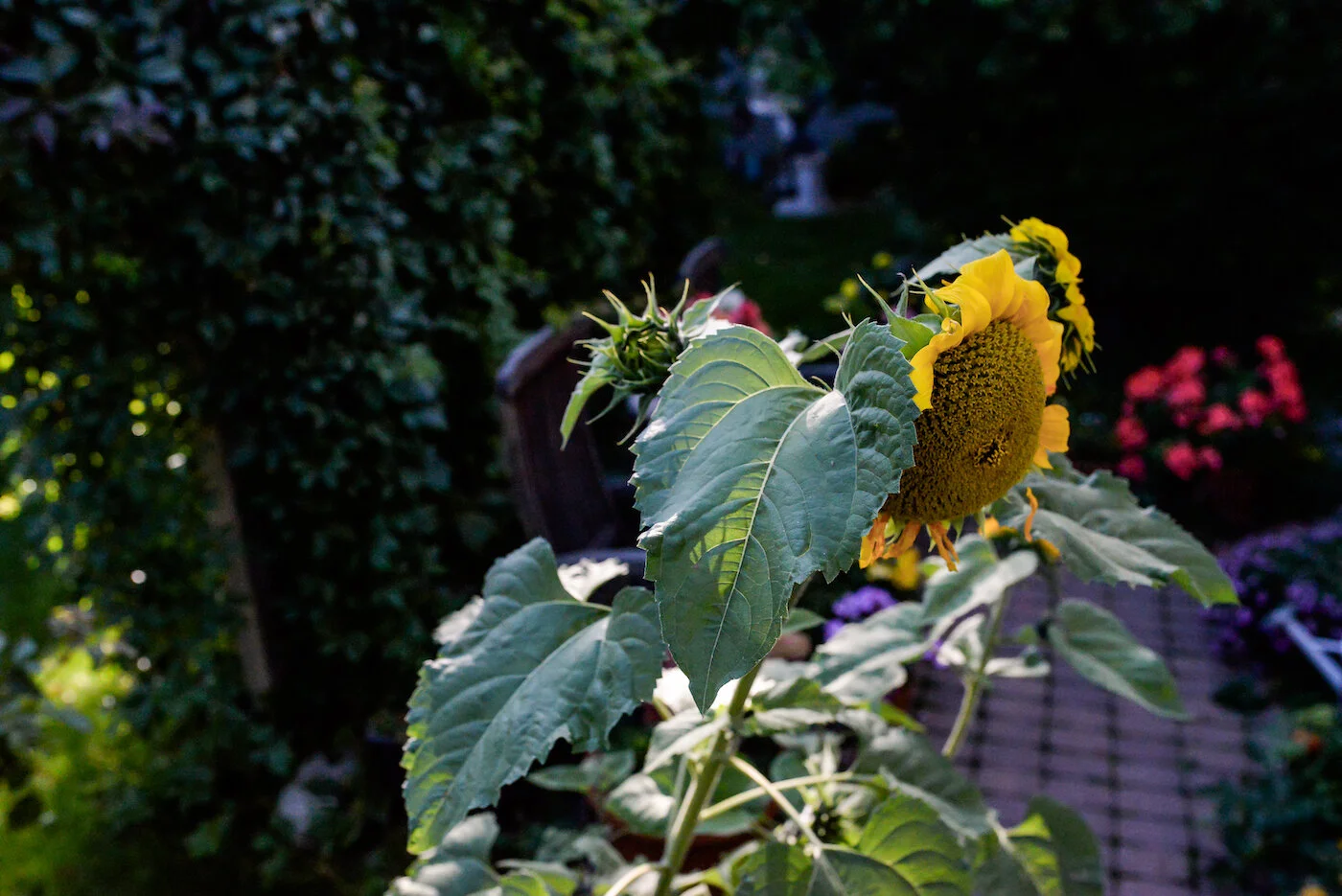To Be Affected
I’m still rambling through Thomas Moore’s Care of the Soul. The part where he reminds us that “the word “passion” means basically “to be affected”…” He’s talking about the beauty / soul connection, saying, “If we can be affected by beauty, then soul is alive and well in us, because the soul’s great talent is for being affected.” He reminds us that “beauty is not defined as pleasantness of form but rather as the quality in things that invites absorption and contemplation.” Beauty isn’t necessarily pretty. Beauty is “things displaying themselves in their individuality.”
The soul needs beauty. And Moore quotes Rilke’s ideas on the “passive power” of being affected, in the image of a flower’s structure: “a muscle of infinite reception.” Moore says, “We don’t often think of the capacity to be affected as strength and as the work of a powerful muscle, and yet for the soul, as for the flower, this is its toughest work and its main role in our lives.”
The world needs a lot of things right now, but it also needs places for us to exercise that muscle of infinite reception. Libraries, for example. Schools. Art galleries.
If you’ve been following me on Instagram, you’ll have noticed that since the pandemic began, I’ve been going out more often and photographing people and buildings in my city, Edmonton. And so there’s a chapter in C of the S that spoke to me. Moore says, “Care of the soul requires that we have an eye and an ear for the world’s sufferings.” He suggest that we see things (not just people) in their suffering condition. (People and things are connected, and it’s just another level of noticing). When we see trashed areas of our city, and now boarded up ones, graffitied walls (not the artistic ones), what’s going on there? “When our citizens spray-paint a trolley or subway or a bridge or a sidewalk, clearly they are not just angry at society. They are raging at things. If we are going to understand our relationship with the things of the world, we have to find some insight into this anger, because at a certain level those people who are desecrating our public places are doing a job for us. We are implicated in their acting out.”
The book was published in 1994, but yah, we are all still implicated. That’s certainly something this past year should have taught us all. What do the ruins of our city tell us? Maybe we’re too deep in it all to know, but we can still record. We can photograph, describe with words. What do the ruins and boarded up or otherwise neglected places related to Covid-19 tell us about what’s happening? How will they continue to tell a story? Moore quotes from J. B. Jackson’s “The Necessity of Ruins” from the 1970s. “Things in decay express a theology of birth, death, and redemption. In other words, our things, like us, have to die. We pretend to make things that will last forever, but we know that everything has a definite lifespan. I wonder if the trash that litters our cities and even the countryside isn’t part of our attempts to outsmart death. We don’t want things to die, and we are angry at them if they do — if they no longer function.”
On ruins, Jackson said, “Ruins provide the incentive for restoration, and for a return to origins. There has to be an interim of death or rejection before there can be renewal and reform.” What are the things that no longer function? Which new things will arise? What is meaningful and beautiful now? How will we be affected? What passions will we develop?





